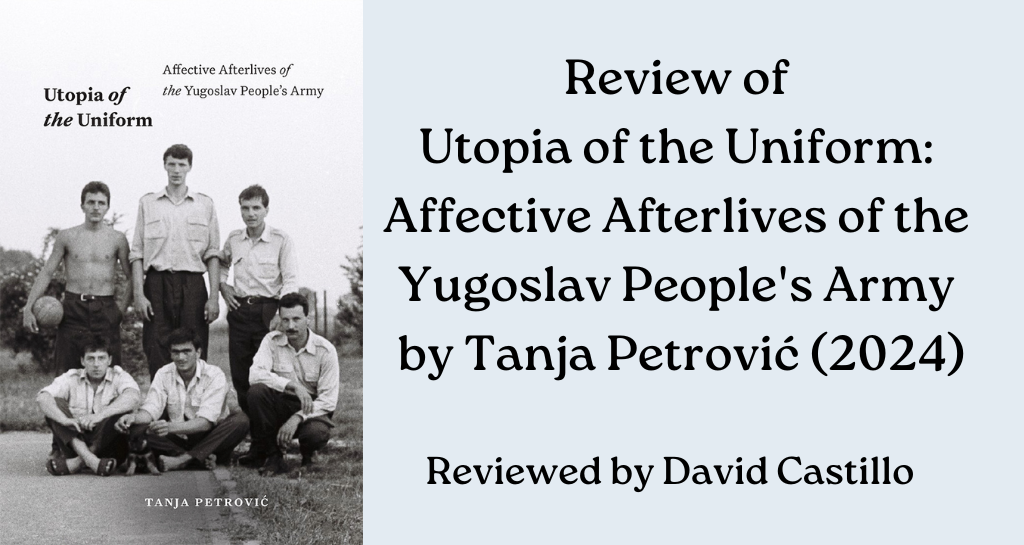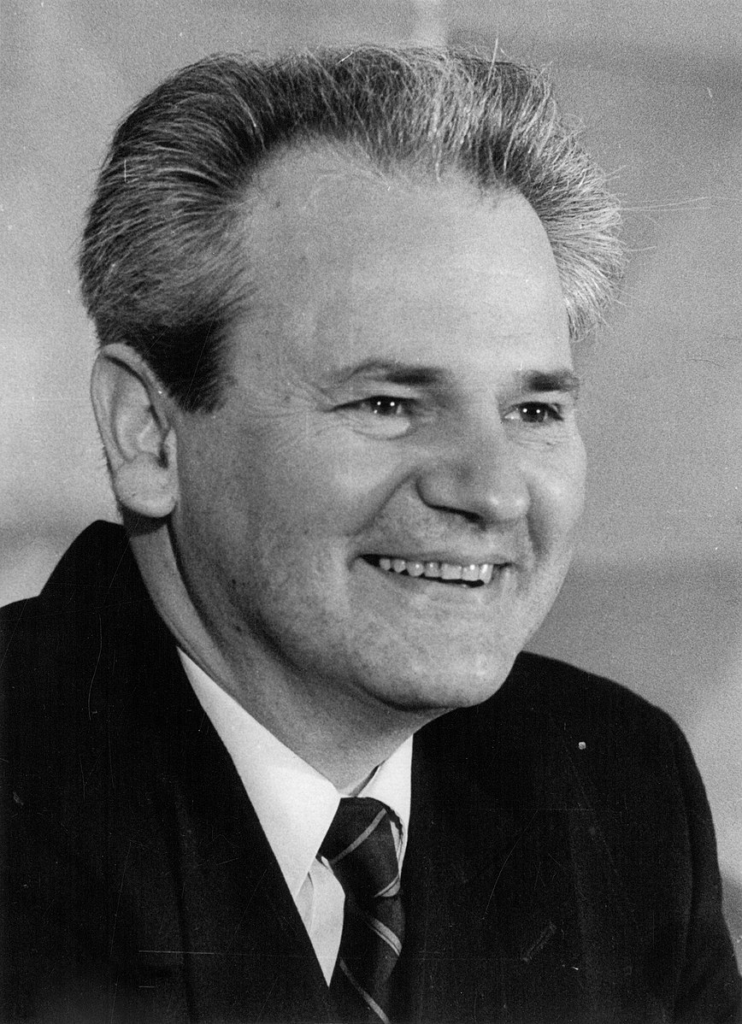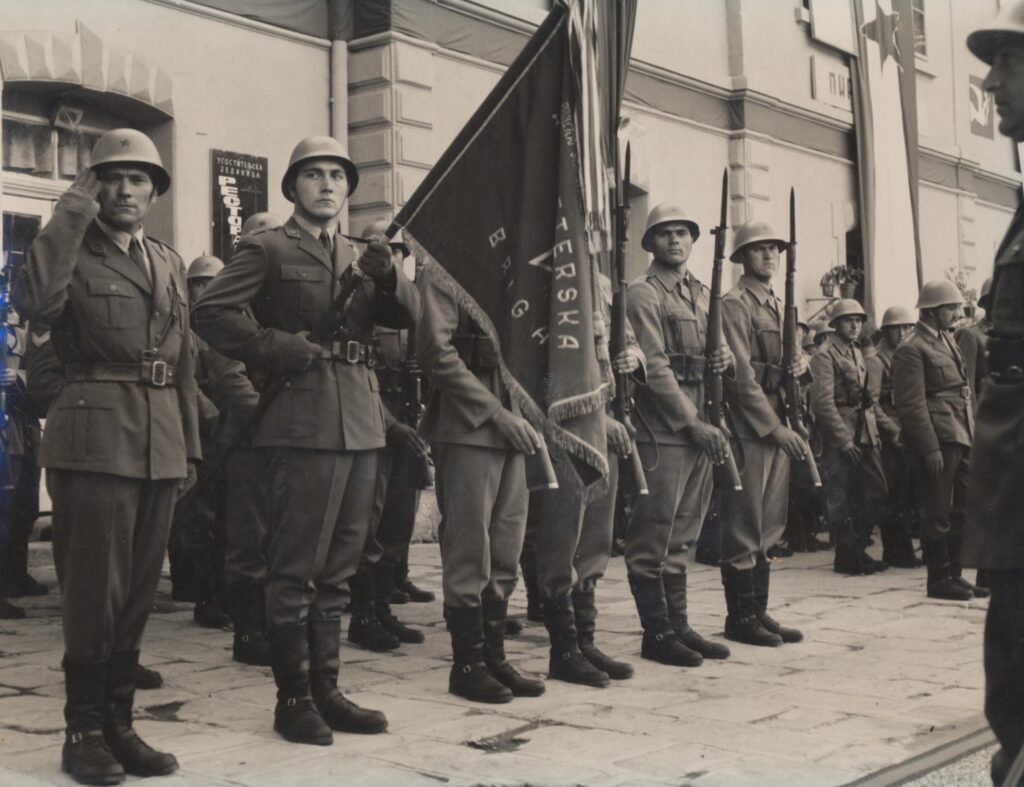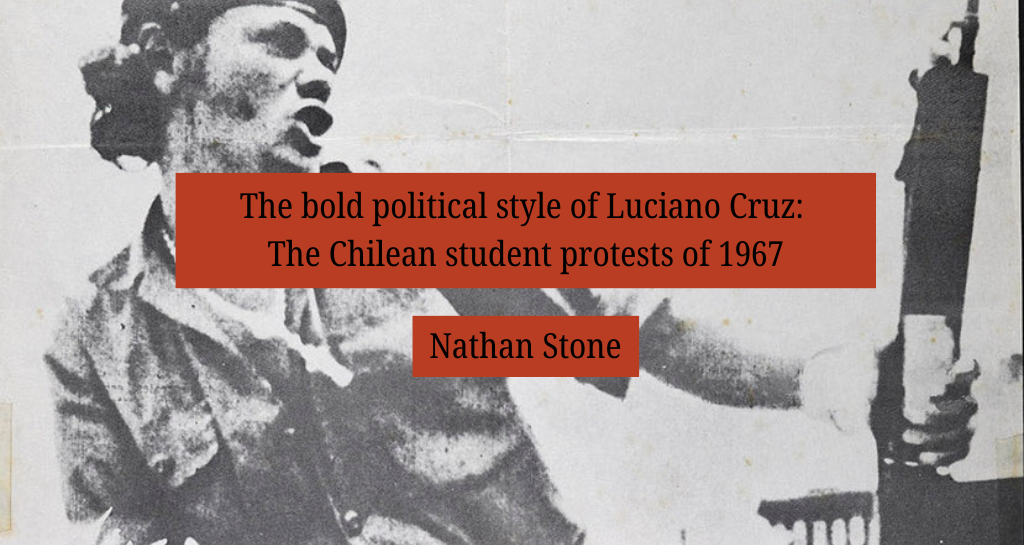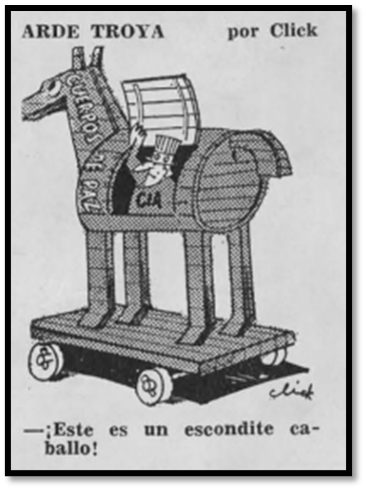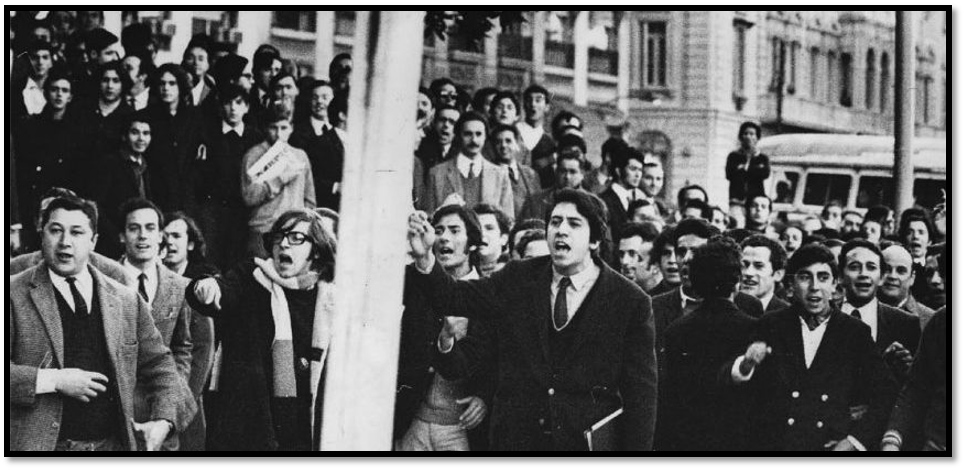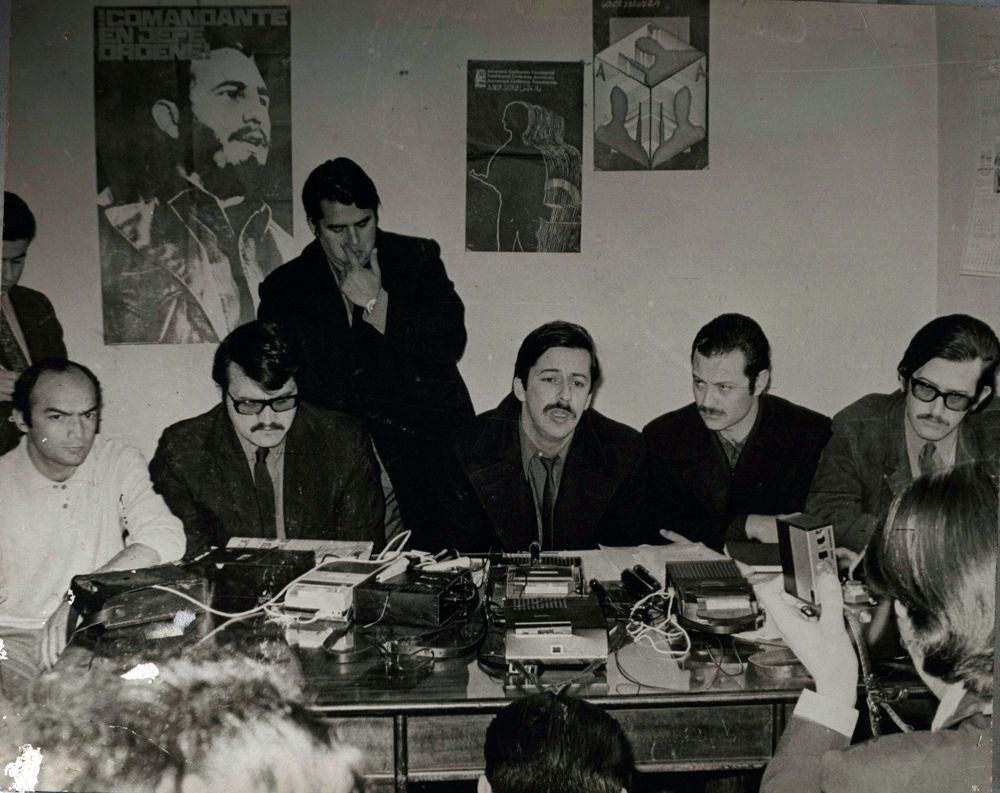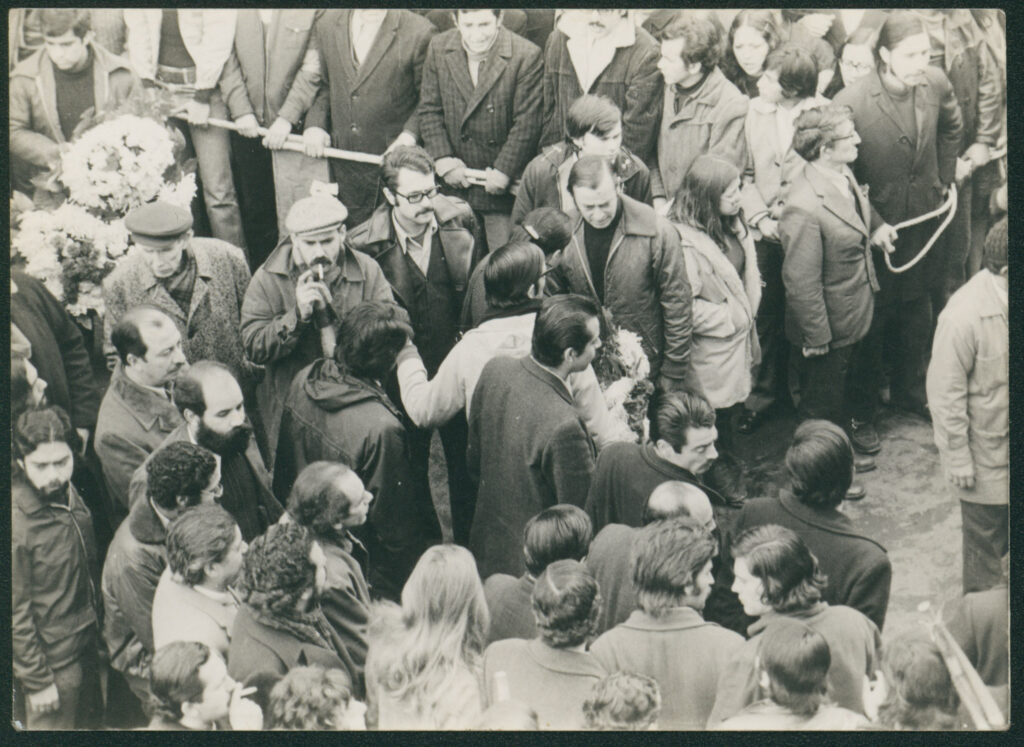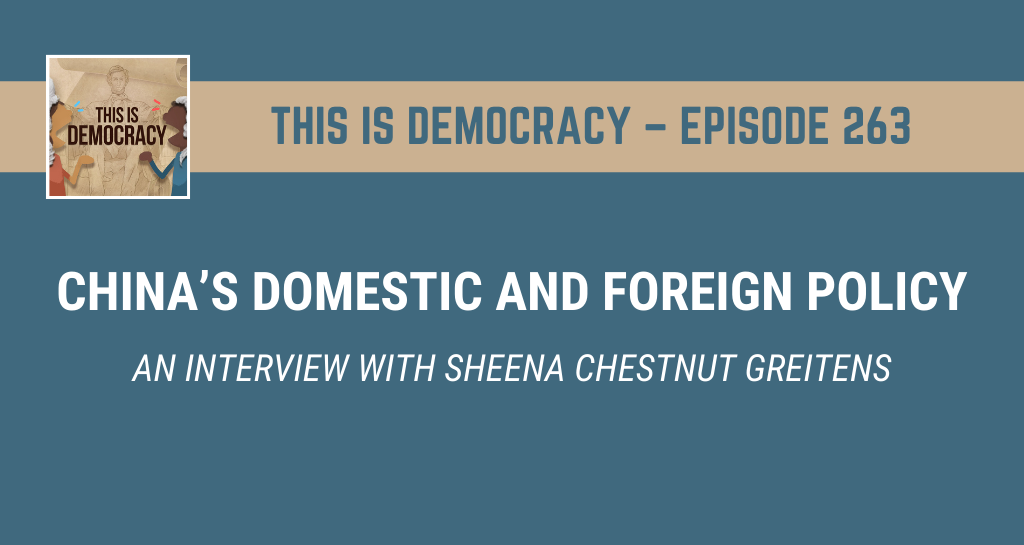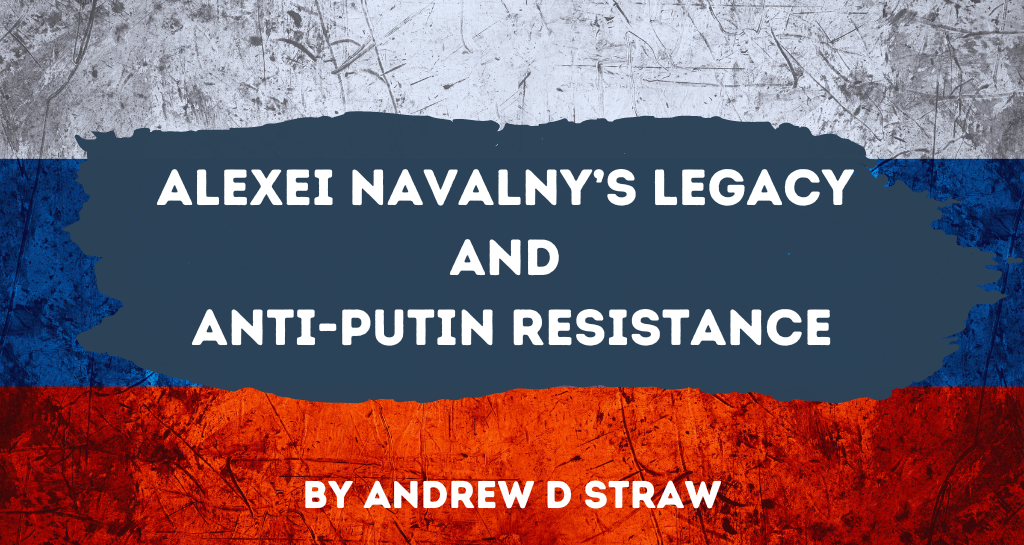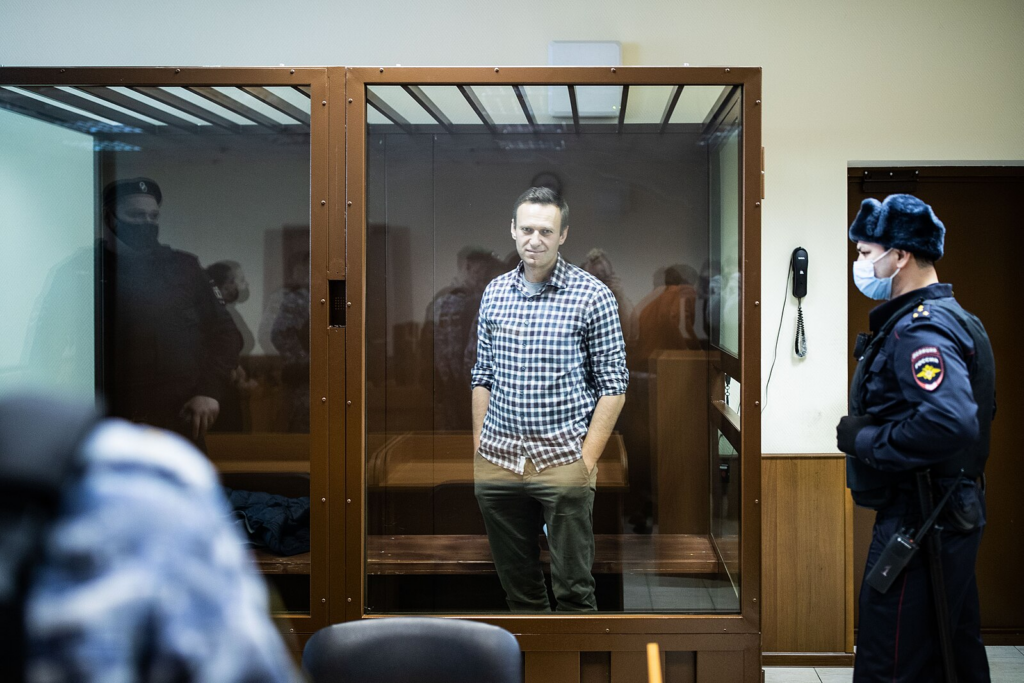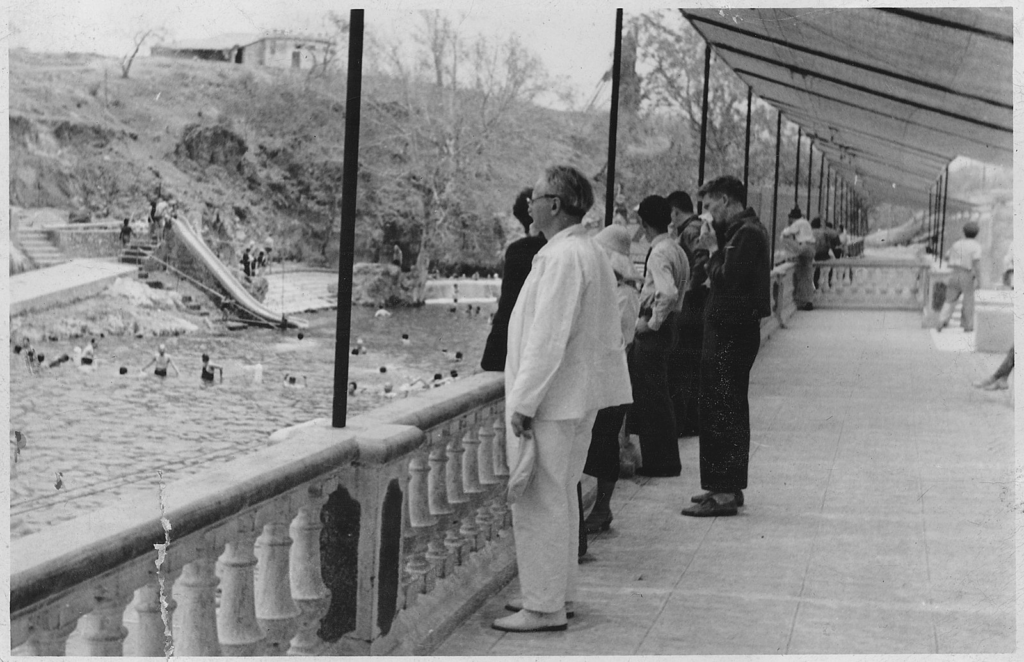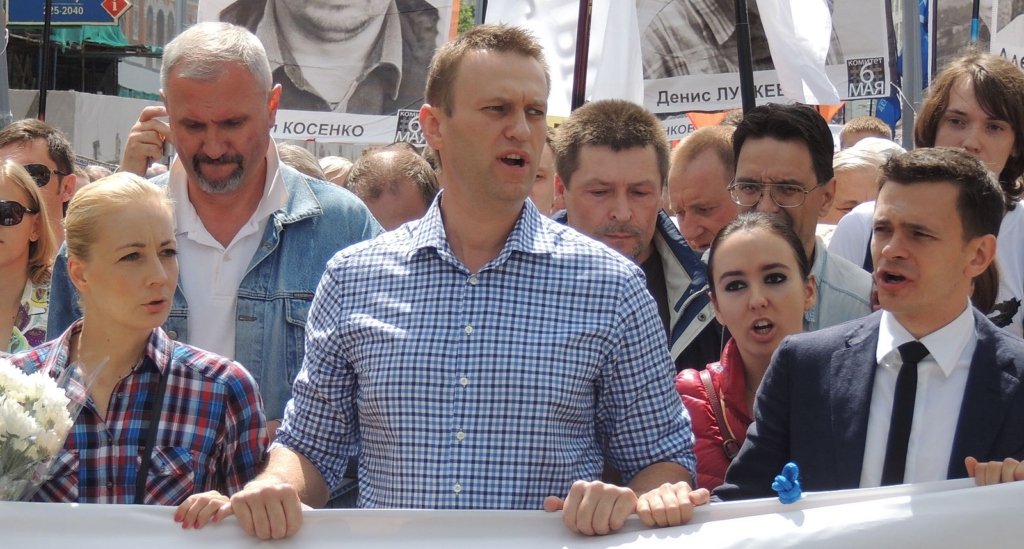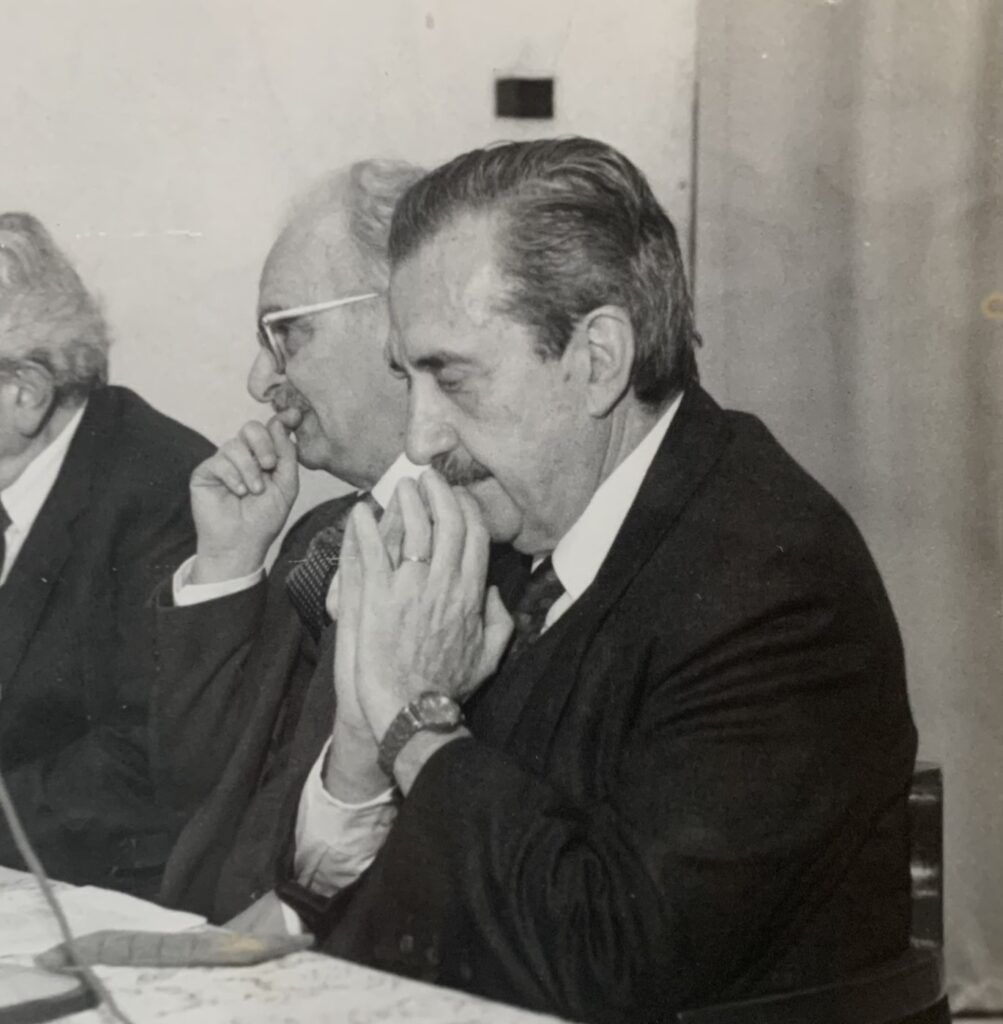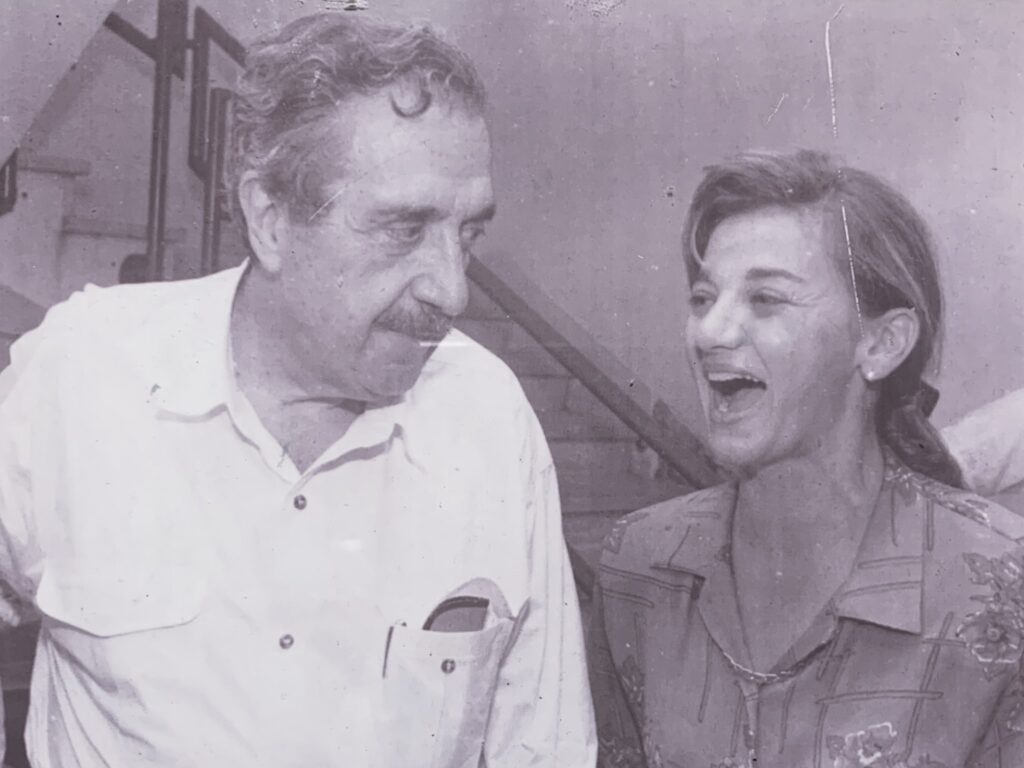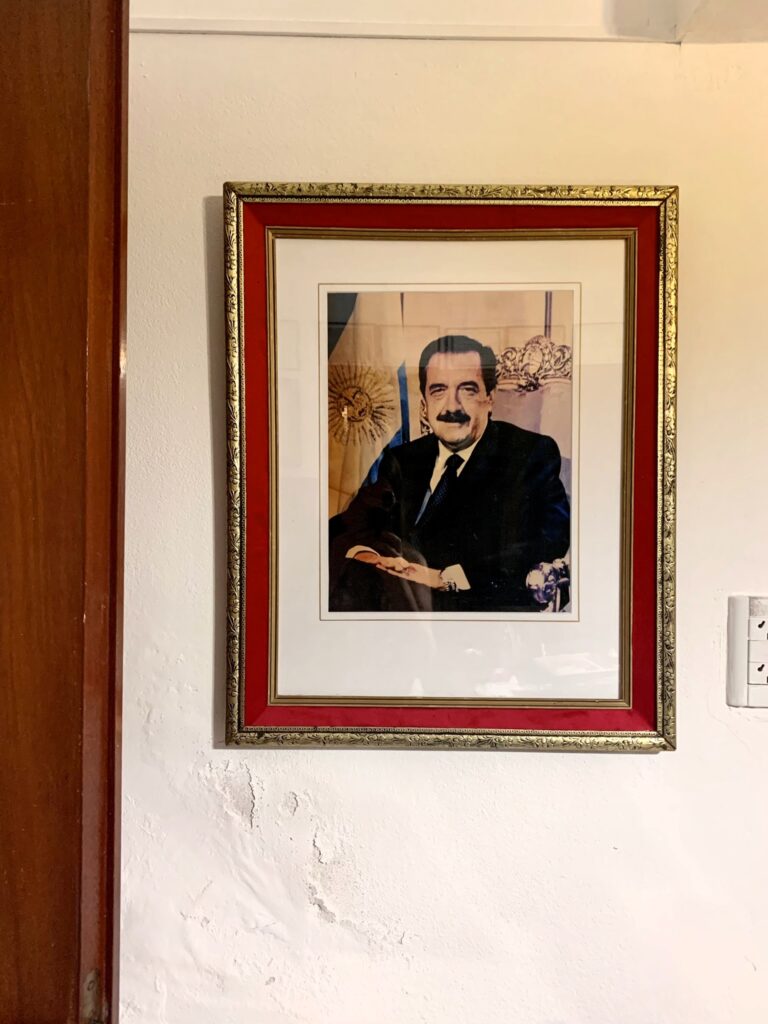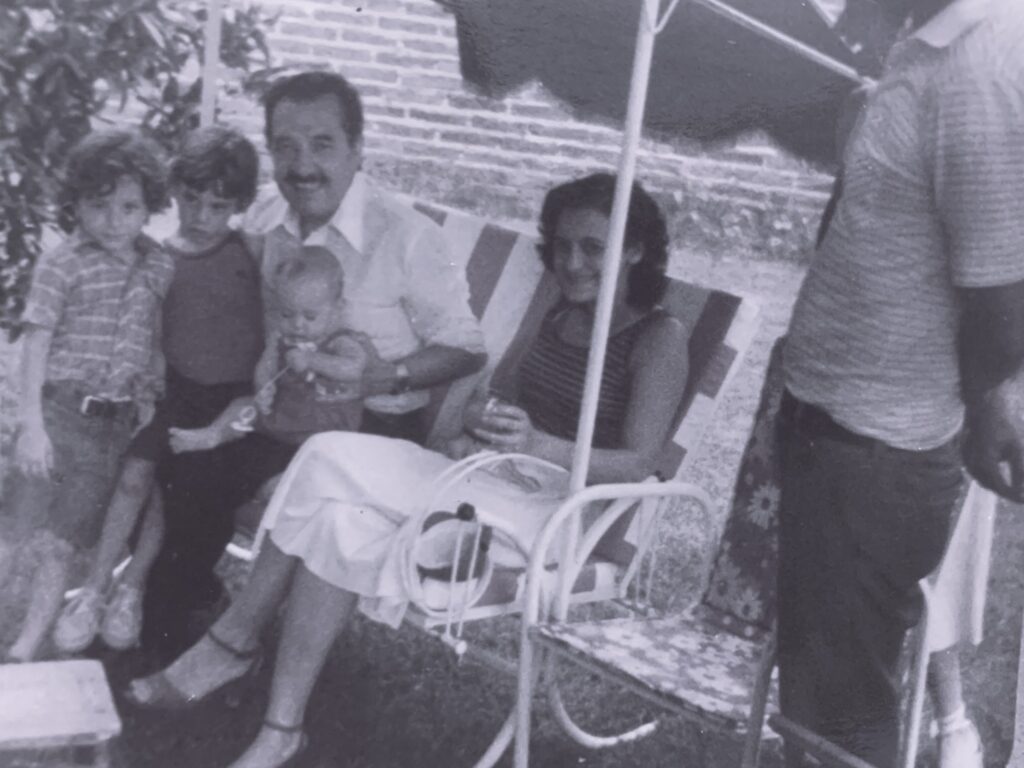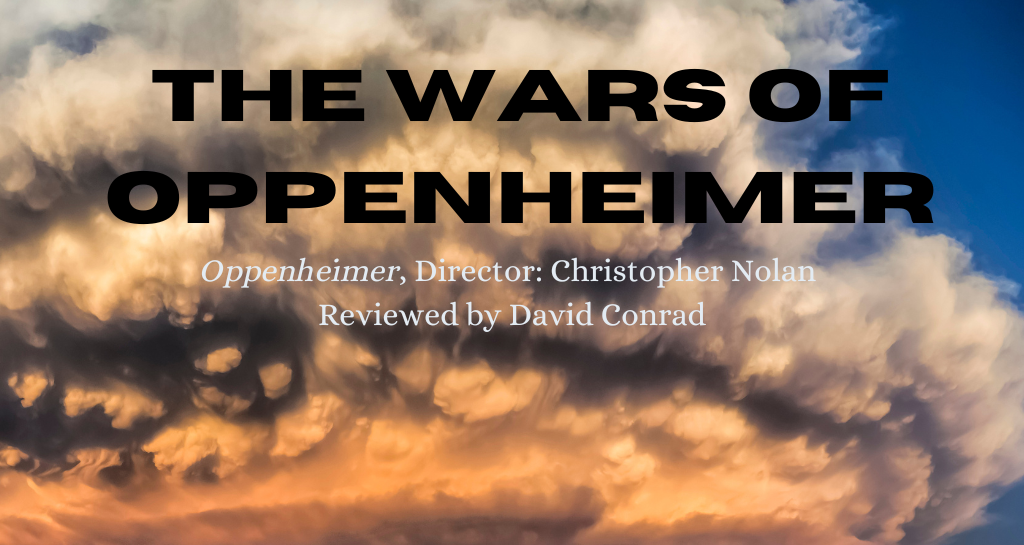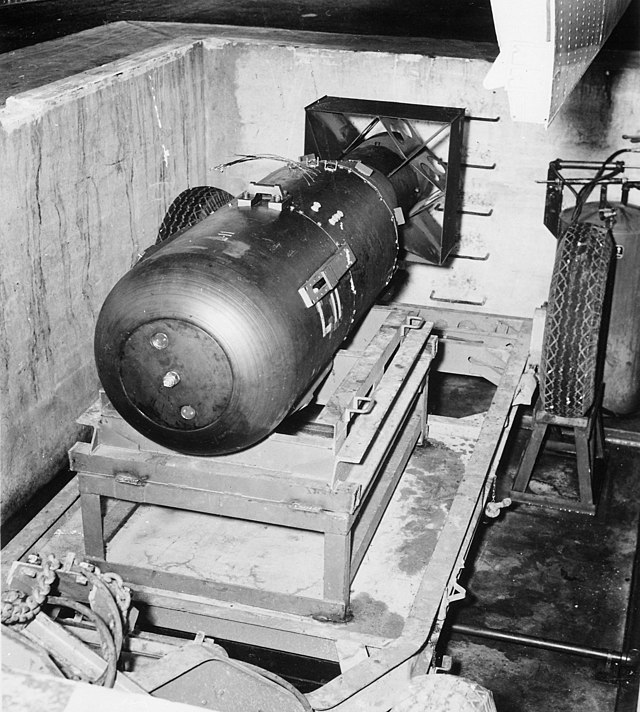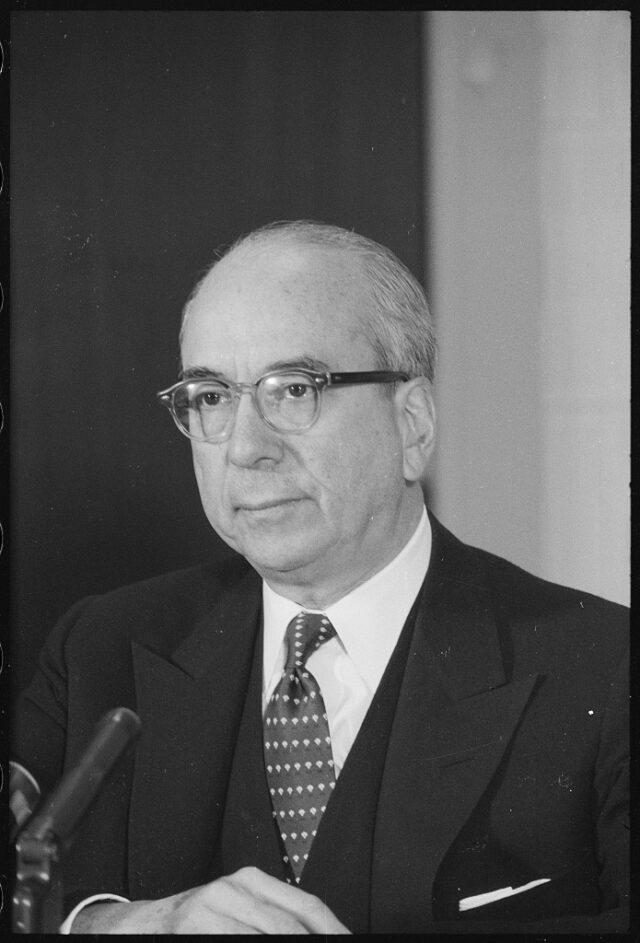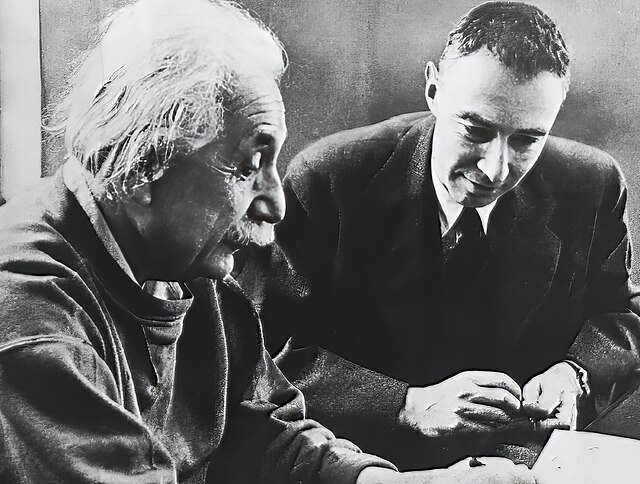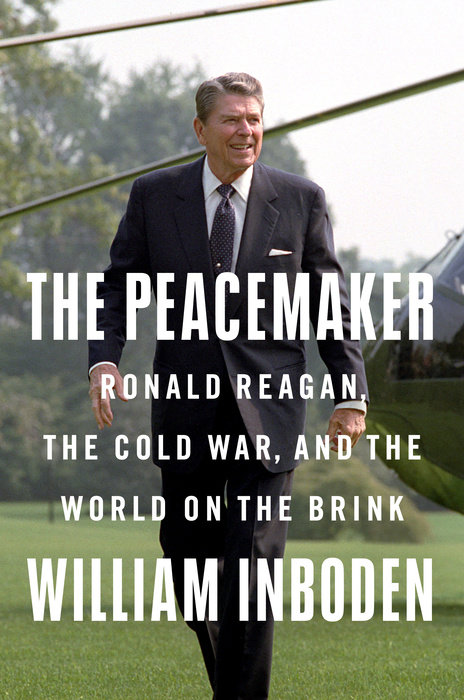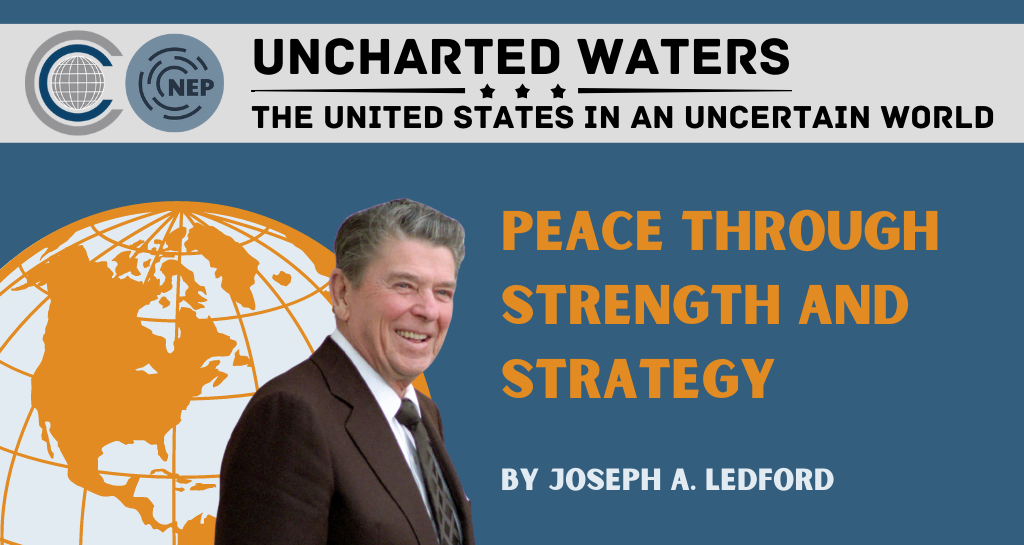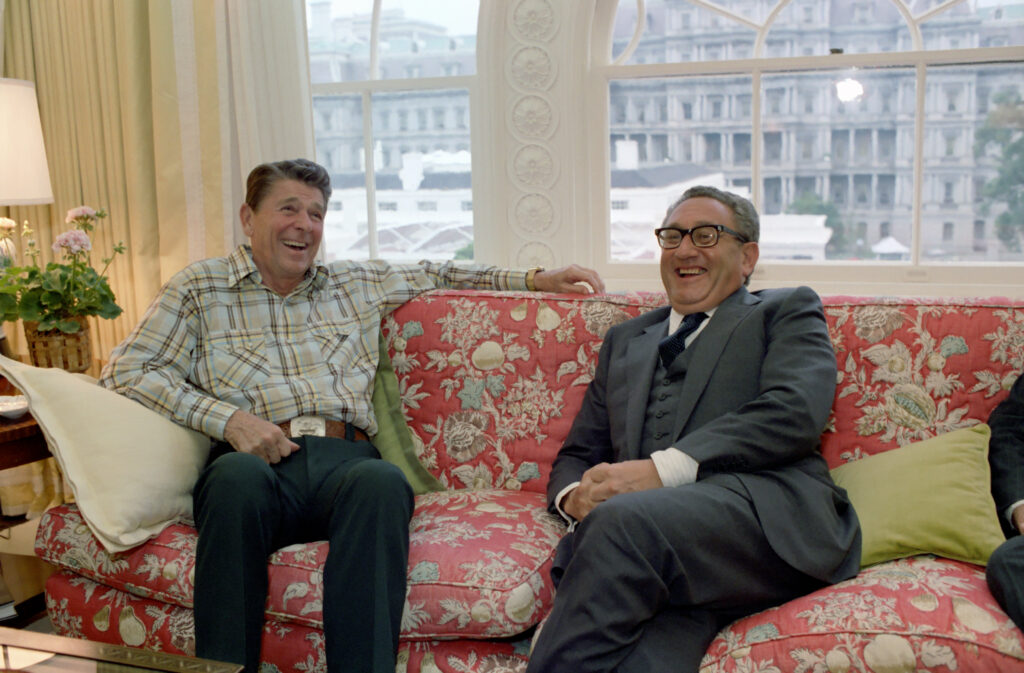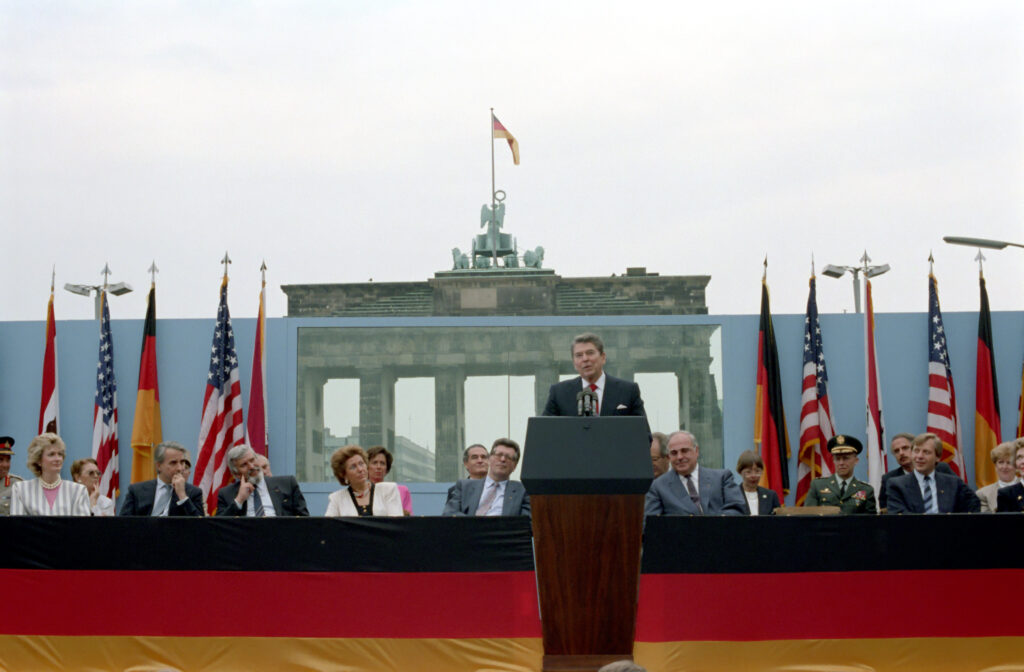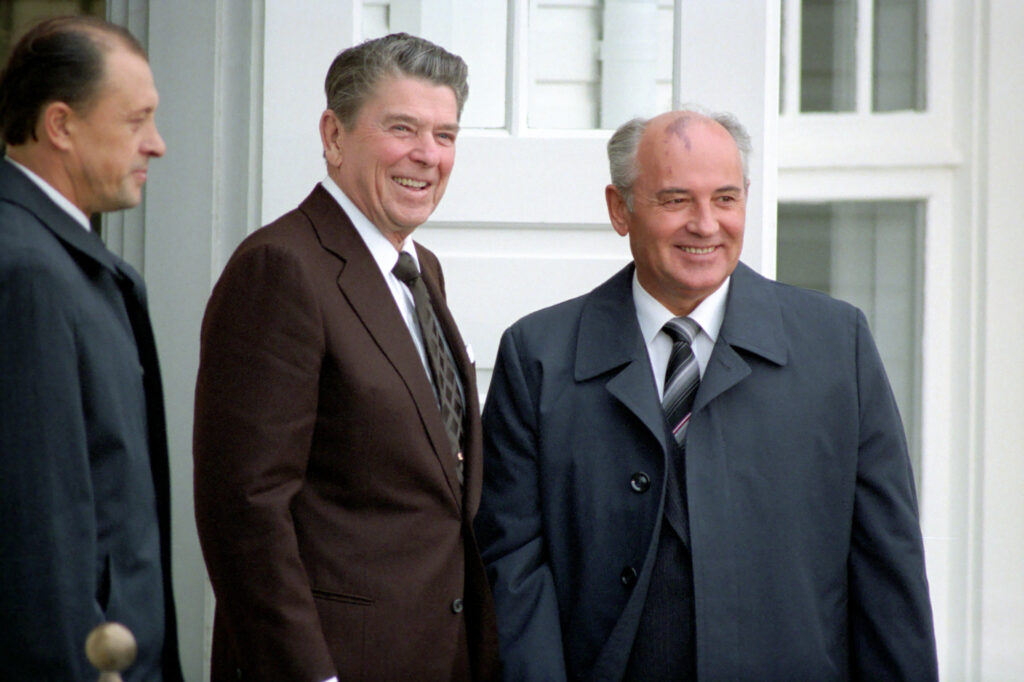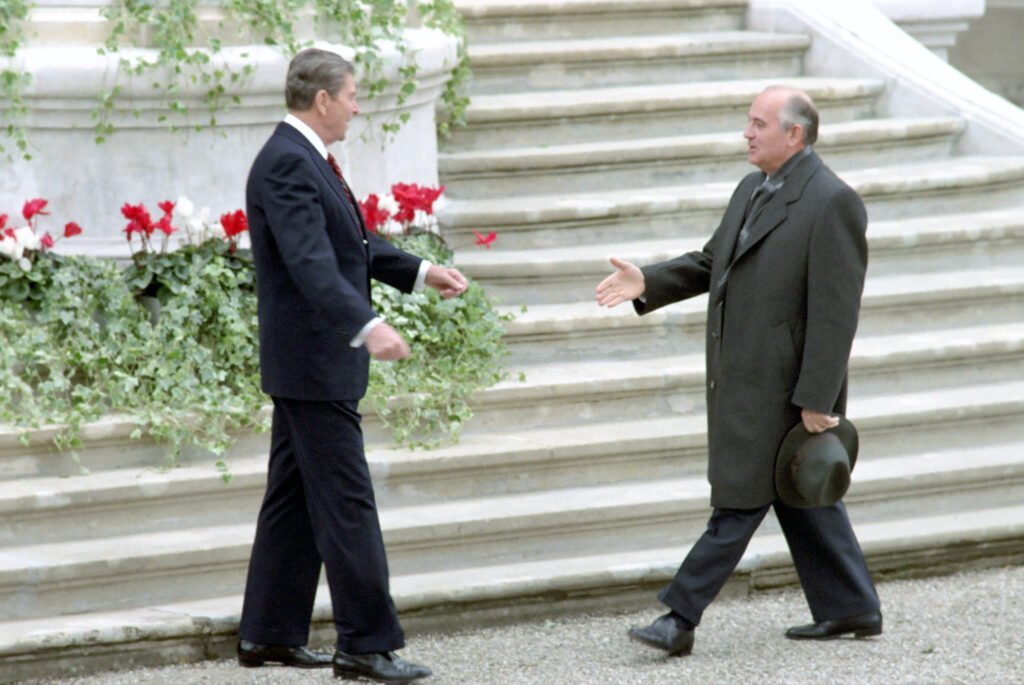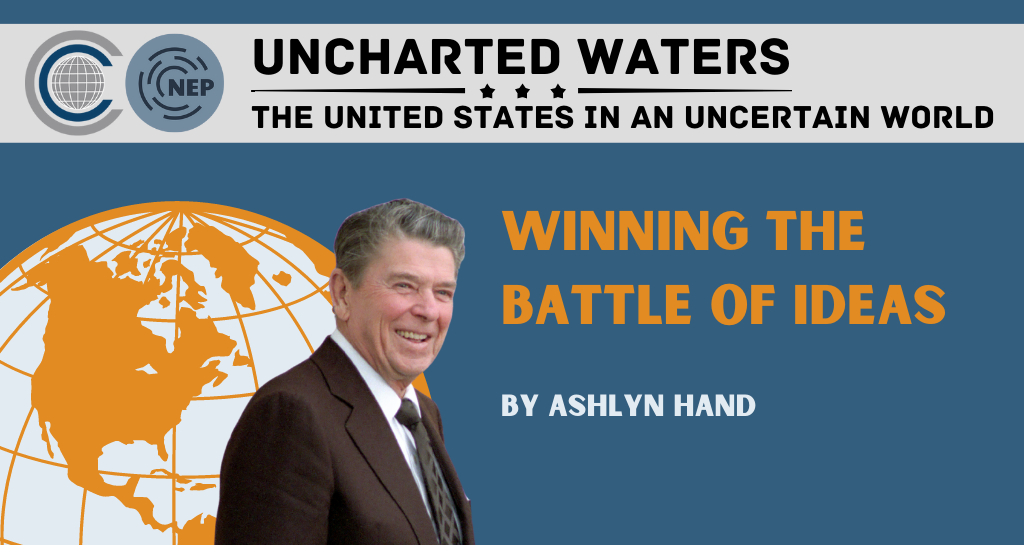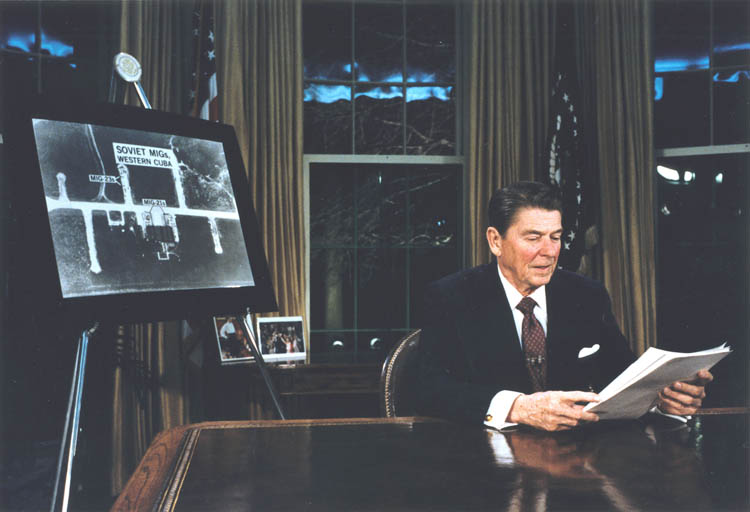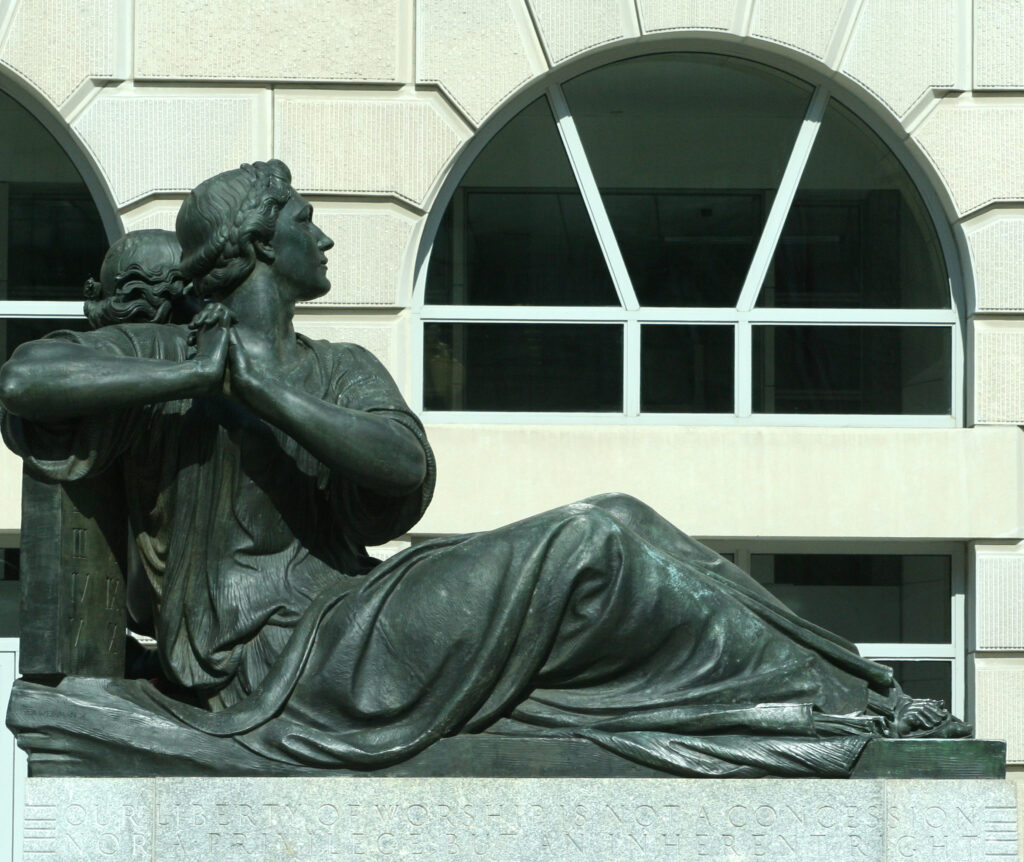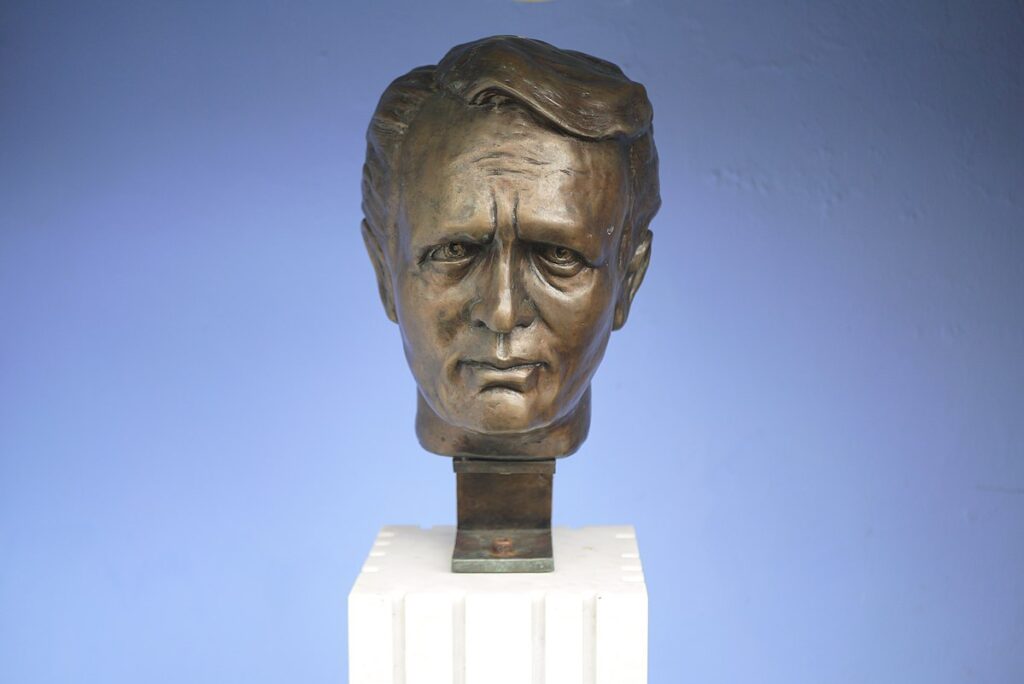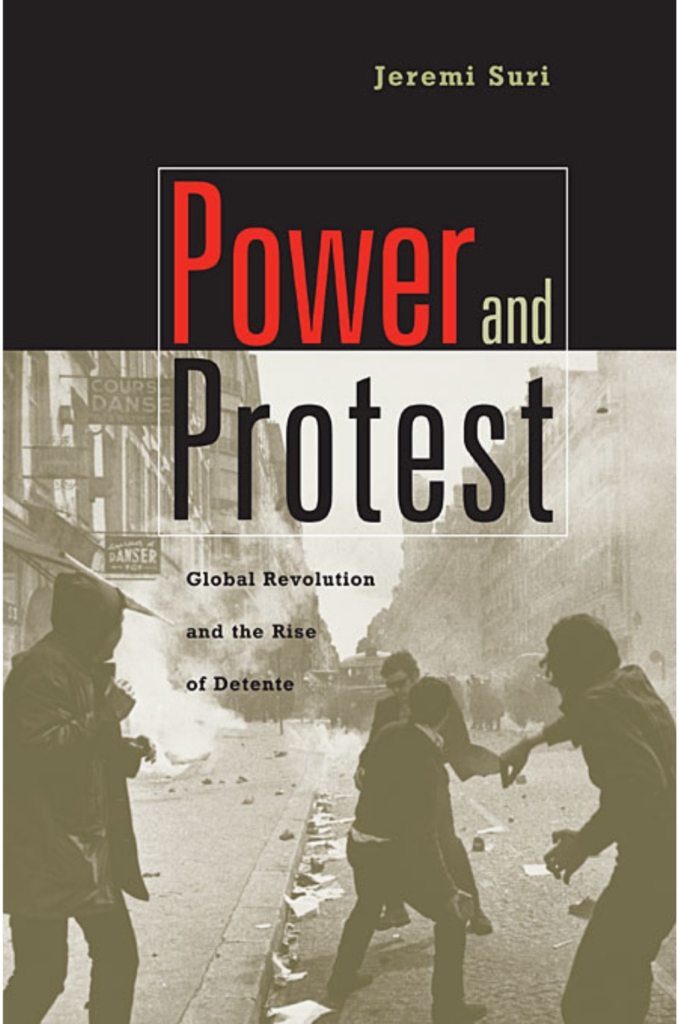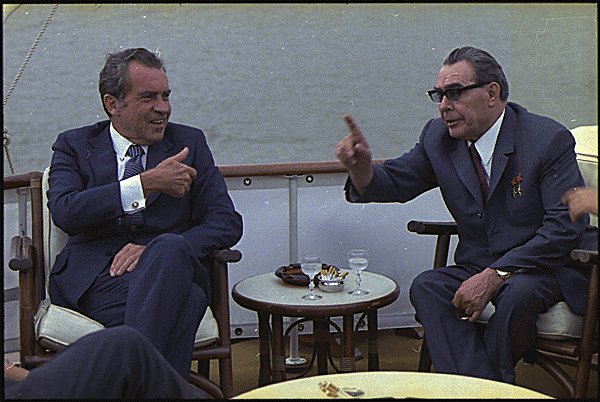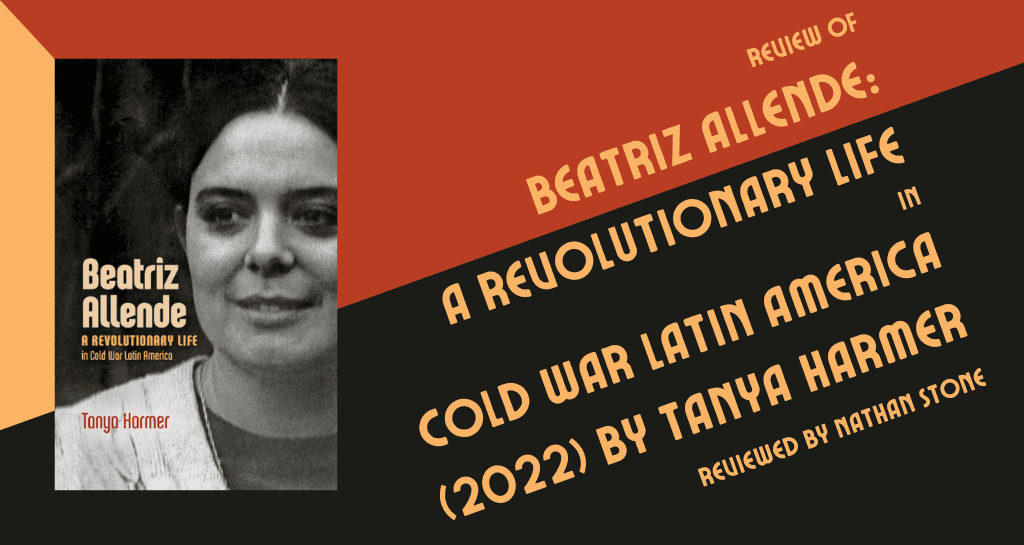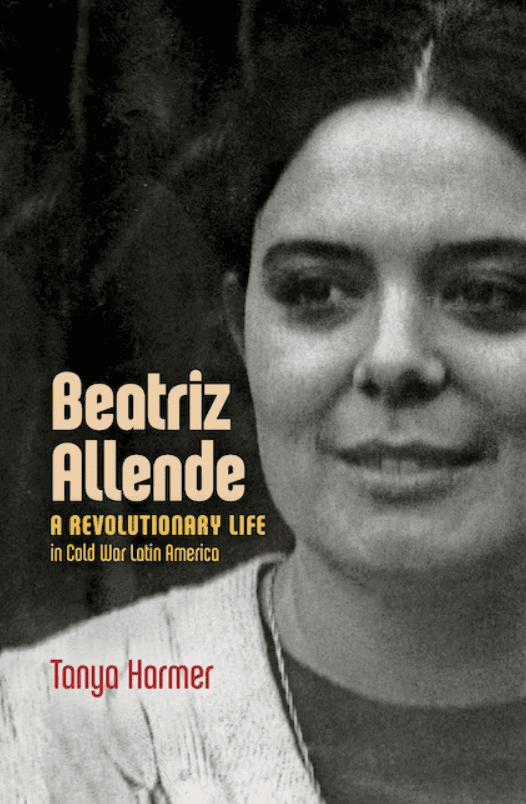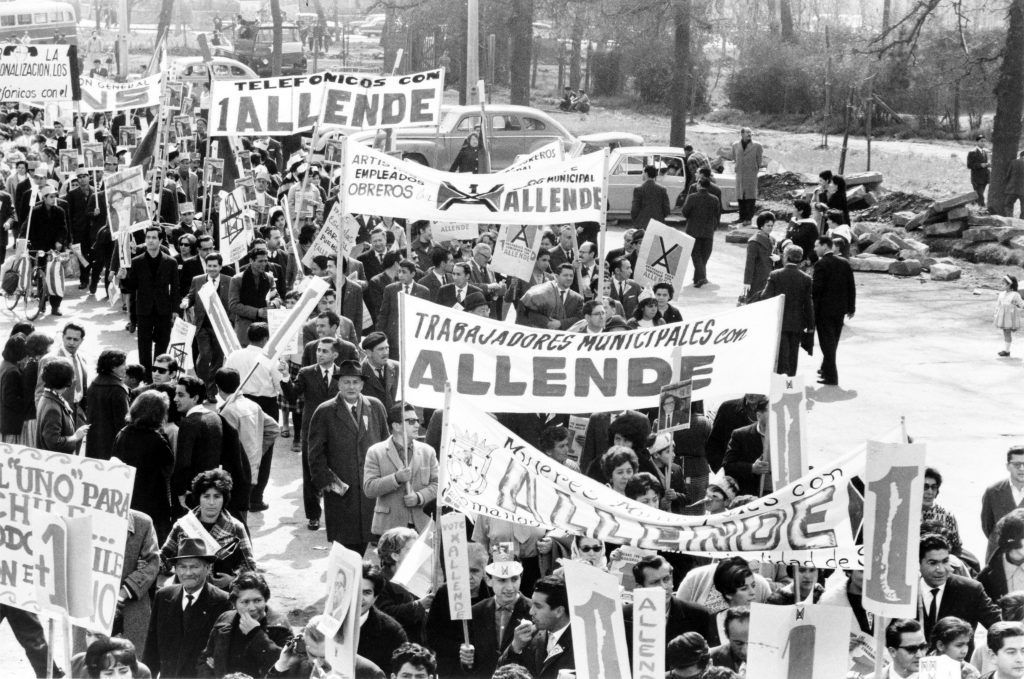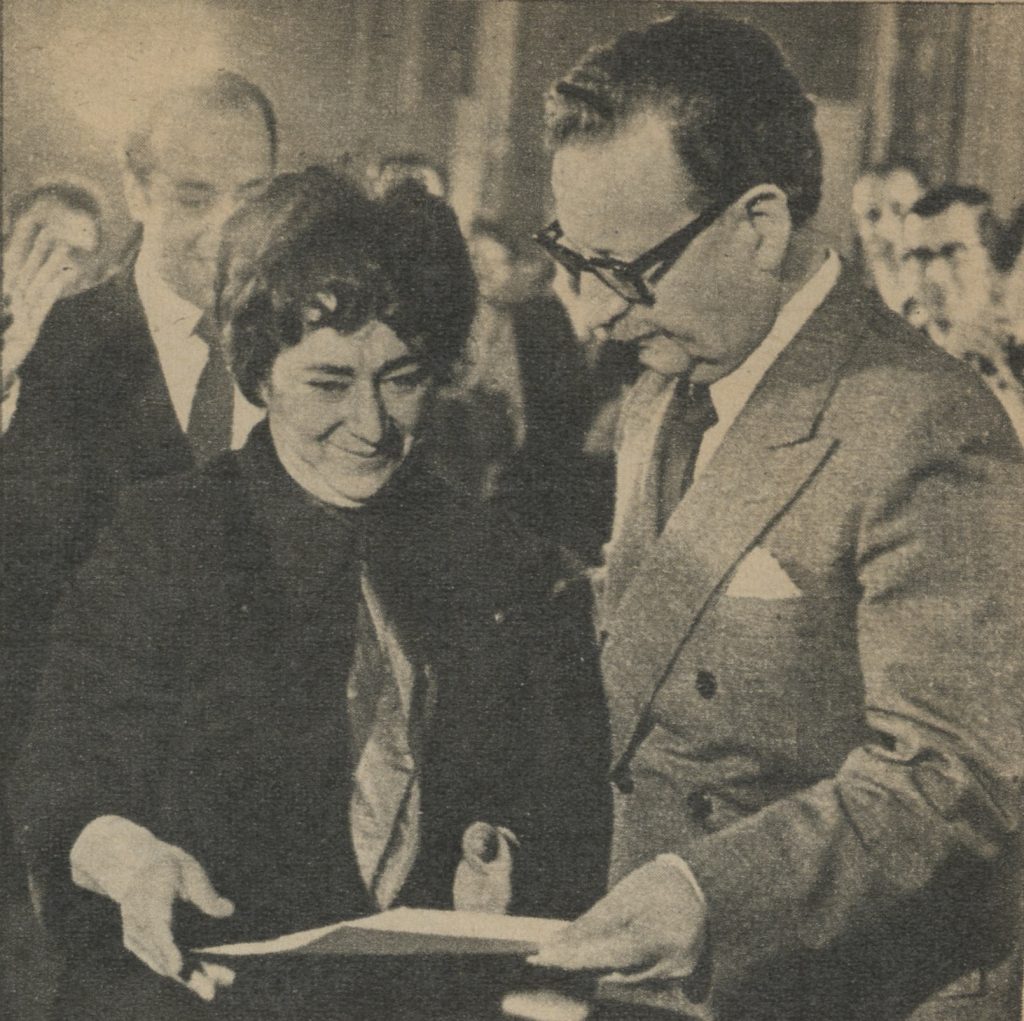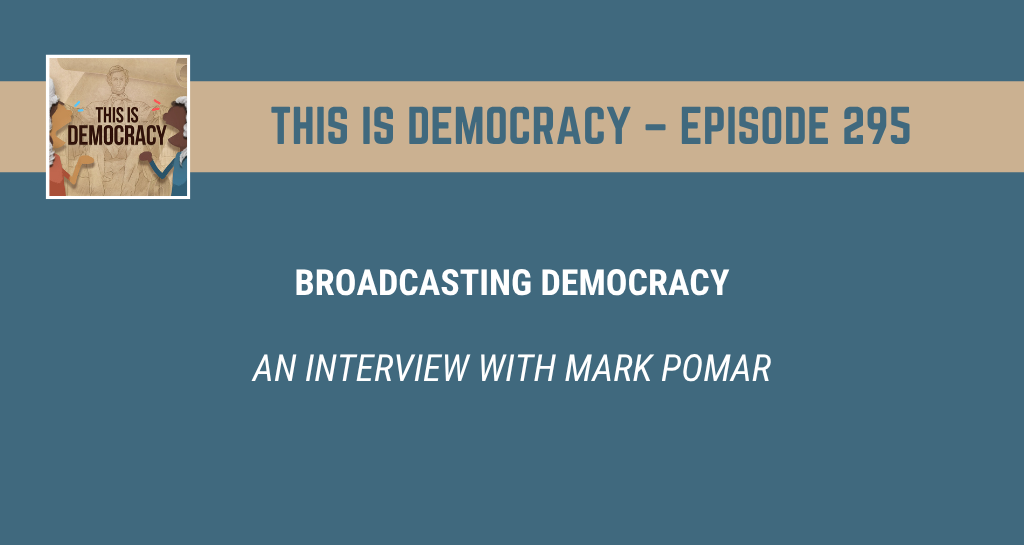
Jeremi and Zachary have a conversation with Dr. Mark Pomar on the historical impact of Voice of America, Radio Free Europe, and Radio Liberty’s critical role of radio communications during the Cold War, and the challenges they face today including the recent threats to their operation.
Zachary sets the scene with his poem, “Radio Liberty”.
Mark Pomar is a Senior Fellow at the Clements Center for National Security at the University of Texas. From 1975 to 1982, Dr. Pomar taught Russian studies at the University of Vermont. From 1982 to 1993, he worked as Assistant Director of the Russian Service at Radio Free Europe/Radio Liberty (Munich), Director of the USSR Division at the Voice of America, and the Executive Director of the Board for International Broadcasting, a federal agency that oversaw Radio Free Europe/Radio Liberty. From 1994 to 2008, Dr. Pomar was a senior executive and President of IREX, a large US international nonprofit organization. From 2008 to 2017, he was the founding CEO and President of the US – Russia Foundation (USRF), a private US foundation that supported educational programs and exchanges. Dr. Pomar is the author of two books, most recently: Cold War Radio: The Russian Broadcasts of the Voice of America and Radio Free Europe/Radio Liberty.
